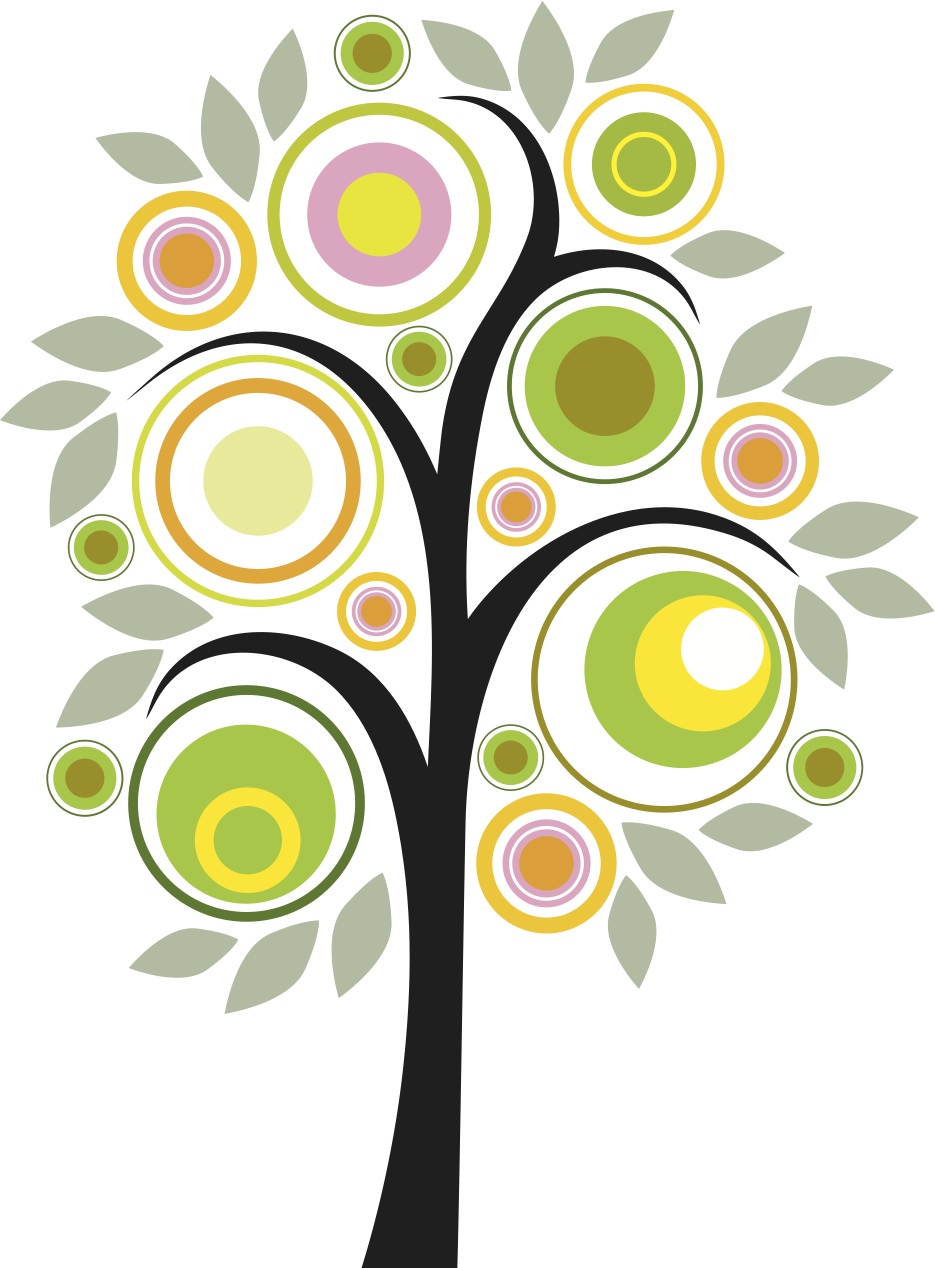THE evocative and beautifully curated exhibition “A Chinese Adventure: A Swiss family in pursuit of success in the Celestial Empire” tells a story not often associated with the prosperous Switzerland we know today: that of a young Swiss man seeking his fortune in a far off land of unknown mysteries, great uncertainty and no small amount of peril.
But things were different in 1859 when 19-year-old Pierre-Frédéric Loup from the Val-de-Travers in Canton Neuchâtel set off on a two-month journey by coach, rail and steamship via the Mediterranean, Egypt, India, Singapore, and Saigon to Hong Kong to join compatriot Eugène Borel in selling Swiss timepieces to the Imperial Court.
The exhibition’s impressive array of maps, fans, dolls, compasses, books, photographs, decorated porcelain dishes, gouache paintings on rice paper, tea- and silk-making utensils, and opium pipes set against a gentle soundtrack of traditional Chinese music gives us a moody and deeply evocative snapshot of the culture these two young men encountered in the mysterious, closed and confounding “Middle Kingdom” of the mid-to-late 1800s.

The two would become fast friends and eventual brothers-in-law, but while Borel would return to Switzerland for good in 1881, Pierre-Frédéric stayed and prospered with his own watch- and clock-making business that he eventually passed on to his three sons, Gustave, Albert and Bernard.
The business would continue through the Boxer Rebellion, the fall of the empire, the Depression, Japanese invasion and occupation, and the Civil War, until Communist rule in the 1950s made it untenable for Bernard, who had taken over responsibility for the enterprise, to continue and he was forced to sign over all the family’s possessions and return to Switzerland.
A fruitful friendship and collaboration

In his turn, eldest son Gustave trained in clock- and watch-making, but he eventually turned to selling Chinese antiques to Switzerland, striking up a business relationship and warm friendship with Alfred Baur, whose own journey and professional success in the Far East mirrored and exceeded that of Gustave’s father.
The result of their collaboration was an exceedingly fruitful one as we can see from the stunning artefacts that make up the contents of “A Chinese Adventure”.
The exquisite craftsmanship is so stunning it’s hard to believe it was executed by human hands.
In addition to the magnificent silk coats in dark blue, turquoise and red embroidered with butterflies and peonies are examples of the finest porcelain dishes and vases, multi-hued jade urns, cloisonnés (decorative work of enamel, glass, or gemstones), and snuff bottles in heavenly pastel shades with stoppers made of semi-precious stones.

The exhibition looks at the journey of these incredible artifacts of a bygone age to their new home in Switzerland, but it also charts the personal, inner journey of the Loup family through their letters and photographs from the family photo album — found purely by coincidence in a Neuchâtel antiques shop.
The most touching and telling part of the exhibition is a slideshow of these photographs that gives life to the family’s escapades, to the homes, businesses and pastimes of the French and German expat communities, as well as street scenes of everyday Chinese life and of the country’s native architecture, its aristocrats and peasant class.

With contributions from private collectors, Geneva’s Art and History Museum, MEG, the Patek Philippe Museum, and the regional museum of Val-de Travers, the Baur Foundation succeeds in telling the story of one Swiss family’s ambitious adventure, as well as in presenting an exhibition of cultural and historical significance to China, to Switzerland, and to its own founder Alfred Baur. ♠
Special event: As part of “Art in the Old Town – Open Doors” on Saturday, 13 May, there will be a guided tour at 14h30 of “A Chinese Adventure” by exhibition curator Estelle Niklès van Osselt. Entry is free of charge, but registration is required at: info@avv.ch – or tel: 079.359.82.44.

“A Chinese Adventure: A Swiss family in pursuit of success in the Celestial Empire”
6 April – 2 July 2017
Baur Foundation
8 rue Munier-Romilly, 1206 Geneva
14h – 18h, closed Monday
Practical Information and Hours & Fees
Special Events and Openings related to the exhibition “A Chinese Adventure”.
Snuff bottle with auspicious designs. Painted enamel on a metal plate, matching chased coral mount and stopper. Qing dynasty (1644–1911), Palace workshops, mark and probably the reign of Qianlong (r. 1736–1795). The style of this painting suggests the Western pictorial fashion introduced to the imperial court by the Jesuits, as does the decorative technique, used on European watch cases.
All photos by Marian Gérard © Baur Foundation, Geneva.


4 responses to ““A Chinese Adventure: A Swiss family in pursuit of success in the Celestial Empire” at Fondation Baur”
Stunning works of art with such vibrant colours. Would love to see this exhibition! Very interesting article too.
LikeLiked by 1 person
The colors are exceptional, Virginia, and the craftsmanship is really ‘divine’…so perfect it doesn’t seem human. I’m sure you’d love the exhibition as much as I did.
LikeLike
What a fascinating exhibition! Not only are the works of art stunning but the family story itself is incredibly interesting. Well worth a lengthy visit.
LikeLiked by 1 person
I could have seen even more family memorabilia and films. Was so interesting to learn more about expat life and experiences in the China of that time.
LikeLike